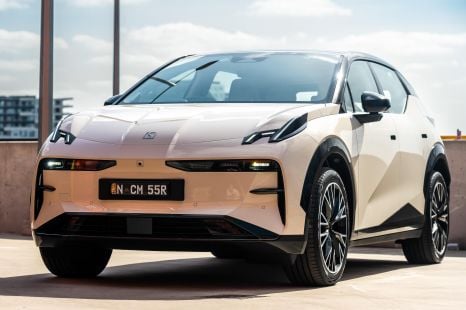

James Wong
7.9
6 Days Ago
Being able to see out of the front of your vehicle are strict. But the rear windshield? Seemingly not as big of a deal.

Senior Contributor
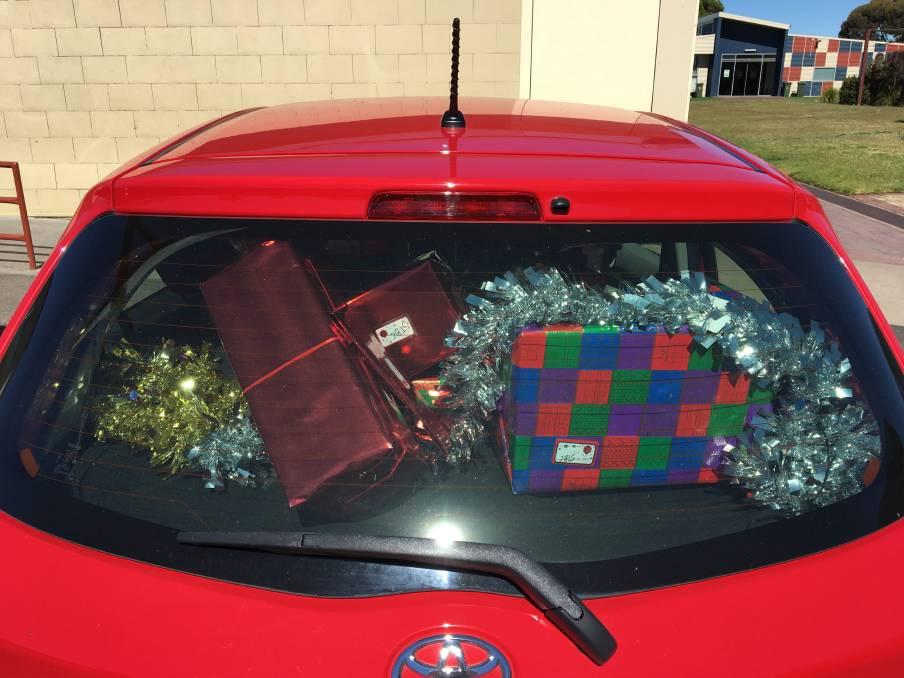

Senior Contributor
Being able to see out of your vehicle is important. But it’s clearly more important to be able to see forwards, rather than backwards.
As you may have seen in our other coverage, the rules around being able to see out of the front of your vehicle are strict, and things like fluffy dice or even sat nav screens attached to the windshield that may block your view could see you cop a fine or even demerit points.
However, seeing out through the rear windshield of your vehicle is seemingly not as big of a deal.
Families will understand that sometimes you’ve got to stack everything up as high as it will go in the boot of your hatchback, wagon or SUV, and that can mean limiting your rearview-mirror vision as a result.
Likewise, ute and van drivers will understand that seeing backwards is a lot harder when you’ve got a load of timber, painting gear, parcels or plumbing stuff on board. There are countless vans on the road with blanked out panels due to security or refrigeration requirements, while plenty of cab-chassis utes run a toolbox-style canopy that doesn’t allow any rearward vision from the cabin.
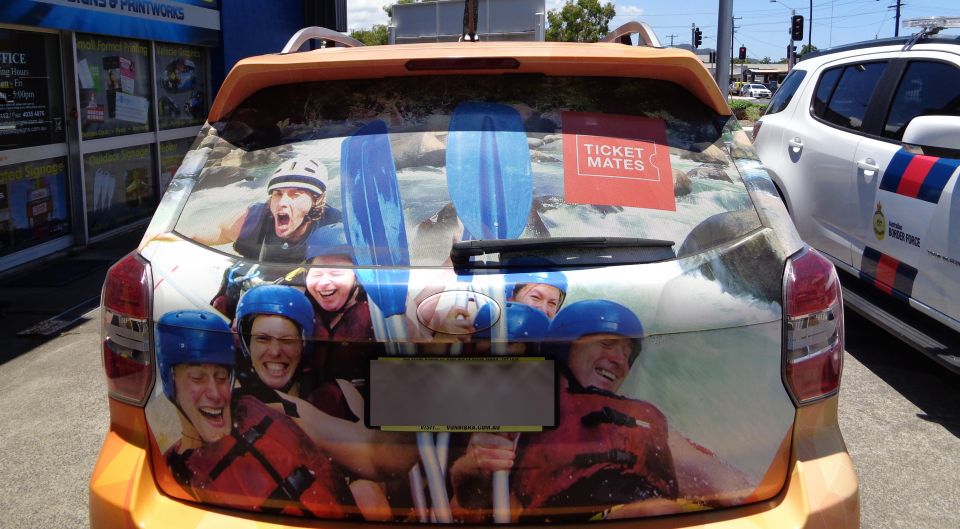
Some vehicles – such as SUVs with three rows of seats – are increasingly offering alternative rearview mirror technology by way of a camera system that feeds to a screen where the mirror is. There is a switch that allows you to change between a true mirror reflection, and a camera fed view of the rear of the vehicle. This is done by way of a roof or rear-mounted high-set camera that runs a live feed. Vehicles like the Toyota RAV4, Land Rover Defender and Nissan Pathfinder offer this.
Further to that, Australian Vehicle Standards Reg 35 states: “A rear vision mirror or mirrors must be fitted to a motor vehicle as required by this rule so that a driver of the vehicle can clearly see by reflection the road behind the vehicle and any following or overtaking vehicle.”
The rules state that “at least one rear vision mirror must be fitted to a car, a motor trike with two front wheels, or a motorbike or motor trike with one front wheel, built before July 1975”. That’s the inside mirror.
As for external mirrors, the regulation states “at least one rear vision mirror must be fitted to each side of a motor vehicle with a GVM (gross vehicle mass) over 3.5 tonnes, and a motorbike, or motor trike with one front wheel, built after June 1975”.
If the GVM of the vehicle is “not over 3.5 tonnes”, the vehicle must have a rear vision mirror on the right side of the vehicle, and either one on the left side, or one inside, of the vehicle.
As such, it is a requirement that drivers have rearward vision available to them by way of exterior side mirrors, so that if your rearview mirror view is obstructed, you can still see what is happening around the vehicle.
This is particularly important when towing a caravan or trailer, as those towed vehicles can block 100 percent of the driver’s rearward vision through the car, while side mirrors – either extendable units (such as ClearView mirrors) or click/strap-on caravan towing mirrors will be the best investment you can make to ensure yourself and other road users will be safe.
The National Code of Practice for Light Vehicle Construction and Modification (NCOP) doesn’t specifically state any rules regarding the driver’s vision from the driver’s seat. However, section 3.14 states that modifications to a production vehicle that don’t require certification include: “Markings, paintings, sign writing, stripes, (prism pattern) film on bodywork that do not reflect excessive light”.
So, provided you aren’t putting a mirror finish on your back window, you should be fine.
What is strange, though, is that having a solid finish or painted rear windshield doesn’t appear to be illegal, having a heavily tinted back window could get you in trouble.
According to Tinting Laws Australia, tint darkness is measured in VLT, or Visible Light Transmission. “VLT is an equivalent to percentage of light coming through car windows, therefore 35 percent VLT blocks 65 percent of total light coming through.”
And according to the legislation cited, all states and territories limit the VLT for a vehicle’s back window at 20 percent, except the Northern Territory, which has a 15 percent standard.
Beyond passenger cars, there are different classifications and standards applicable for what is required for rear windows, according to the Australian Vehicle Design Codes.
There are multiple classifications for commercial vehicles, including: light goods vehicles (NA) – under 3.5 tonnes; medium goods vehicle (NB) – 3.5 to 12 tonnes; heavy goods vehicle (NC) – over 12 tonnes; light omnibus (MD) – under 5.0 tonnes with 10 or more seating positions; and heavy omnibus (ME) – over 5.0 tonnes, and with 10 or more seating positions.
Those vehicles are legally allowed to have “any level of window tint darkness” for windows behind the driver. That essentially explains why you may more often see vans, buses or trucks without see-through windows rearward of the driver.
Further, NSW Road Transport Vehicle Registration Regulation 2017 section 6B states that a “luminous transmittance of 0 percent or more” is acceptable for a vehicle’s rear glazing if: (a) the vehicle is fitted with at least 1 rear vision mirror to each side of the vehicle; (b) the vehicle is designed primarily for the carriage of goods; (c) the vehicle has at least 4 wheels, or at least 3 wheels and a GVM of more than 1 tonne.
So what happens if you want to see behind you, and your rear window view is obstructed? That’s where the rear-view camera comes in.
Now, you might have also seen that some visual display units (VDUs) are illegal, as they may distract the driver. So, a driver can’t be watching Netflix while driving, however there are some VDUs – such as vision cameras or rear-view cameras – if it is being used as a driver’s aid, so long as it is not obscuring the driver’s view of the road.
Not intended as legal advice. Check with the relevant roads authority in your state or territory.
Matt has more than a decade of experience in automotive journalism, and loves exploring the pros and cons of new cars, delving into deep-dive industry stories, and going for a drive just for the fun of it.


James Wong
7.9
6 Days Ago
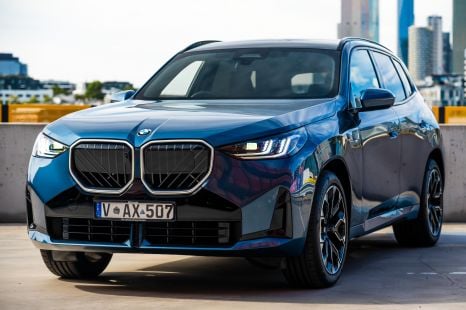

Jack Quick
8.4
5 Days Ago
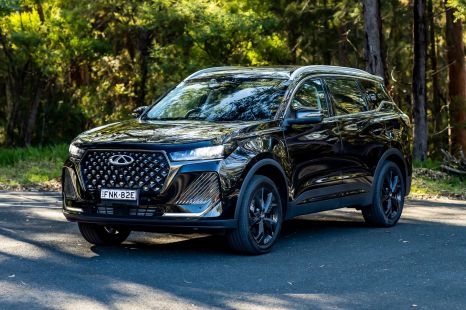

Matt Campbell
8.1
4 Days Ago
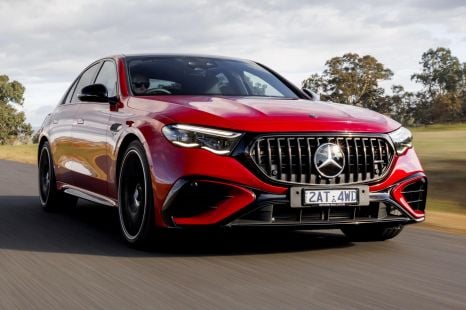

Max Davies
8
2 Days Ago
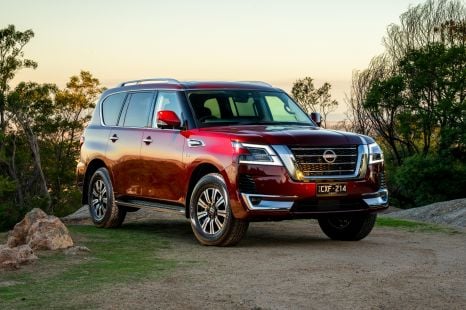

James Wong
8.1
1 Day Ago
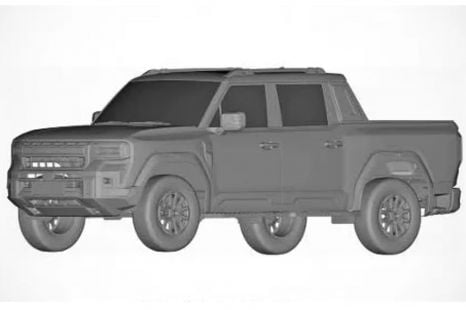

Marton Pettendy
24 Hours Ago